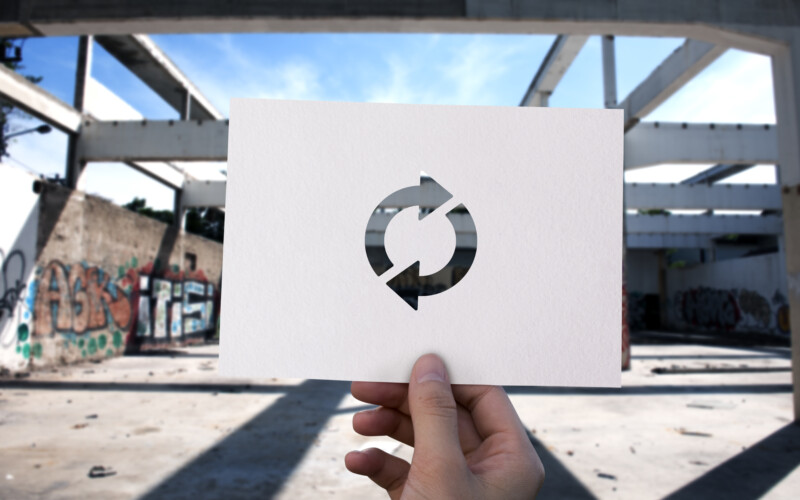
A church as a bookshop? An entire eco-quarter on the site of a former brewery? Luxurious homes in an old indoor swimming pool, or life in a ‘re-purposed’ water tower? Welcome to the adaptive world of breathing new life into old buildings. The trend towards adaptive re-use is often accompanied by gentrification processes (see BLOG article) and initially involves re-purposing buildings for new uses that may be entirely unrelated to the reason for their original construction. It goes without saying that concepts for innovative re-use that focus on preserving buildings, reducing inner-city vacancies and ensuring sustainable use of raw materials possess architectural and cultural value.
What is probably the world’s most beautiful bookshop is located in Maastricht. Vacant industrial complexes, department stores, office towers and small architectural delights around the world are receiving a new lease on life thanks to many amazing and creative ideas developed in adaptive re-use projects. Architects and urban planners in the Netherlands seem particularly inventive. The project mentioned above – which has attracted a lot of attention – deserves special mention: It involved converting a 13th century Dominican church in Maastricht. Merkx and Girod Architects cut no corners in its refurbishment: according to The Guardian, CNN and the BBC, the result is now the “the world’s most beautiful bookshop”.
It has become almost self-evident for companies to stage large, special celebrations or anniversaries in eye-catching (event) locations that fit the occasion. Barbara Jaeschke, for example, took on an old, quite dilapidated municipal swimming pool in Berlin: voted Berlin Entrepreneur of the Year 2016, she was awarded the Ferdinand von Quast Medal 2017 in recognition of the outstanding refurbishment and subsequent use as an event location for lavish banquets. But you don’t even have to travel that far to find excellent examples: we celebrated 50 years of WEGRAZ in the Seifenfabrik in Graz, a trendy, newly re purposed industrial site that was once used for the production of soap. The trend towards breathing new life into old railway facilities – which began in Manhattan with the disused elevated lines – continues unabated as well: parks or urban gardening – a sustainable new and downstream use that positively impacts the inner-city microclimate (see also. https:/
Broadly speaking, the concept of re-using old properties comes with significant advantages – from sustainable, financial, social and urban development perspectives. The potential benefits for the microclimate – as with the elevated train line projects above – are not the only source of sustainability. The aspects of reducing soil sealing or cutting the consumption of (fresh) resources are equally noteworthy. as they enable faster compensation of impacts associated with the construction process.
“Re-purposing is a strategy that involves the flexible re-use of building stock, and it is one that demonstrates common sense, responsibility and sustainability”, writes Sarah Jones, Redshift’s architecture, engineering and construction editor. Provided the developers adopt a flexible and careful approach, they can create amazing, breath-taking projects – as demonstrated impressively in the examples mentioned here and many others. But all stakeholders need to remain flexible – including the authorities such as heritage protection, along with the planners, developers and the – new – users. Nevertheless, the experience of living in the refurbished, revitalised premises makes all the previous efforts seem more than worthwhile.
Read more (optional):
Innovative conversion projects
https:/
Re-use: Breathing new life into old properties
https:/
Old structures – new uses